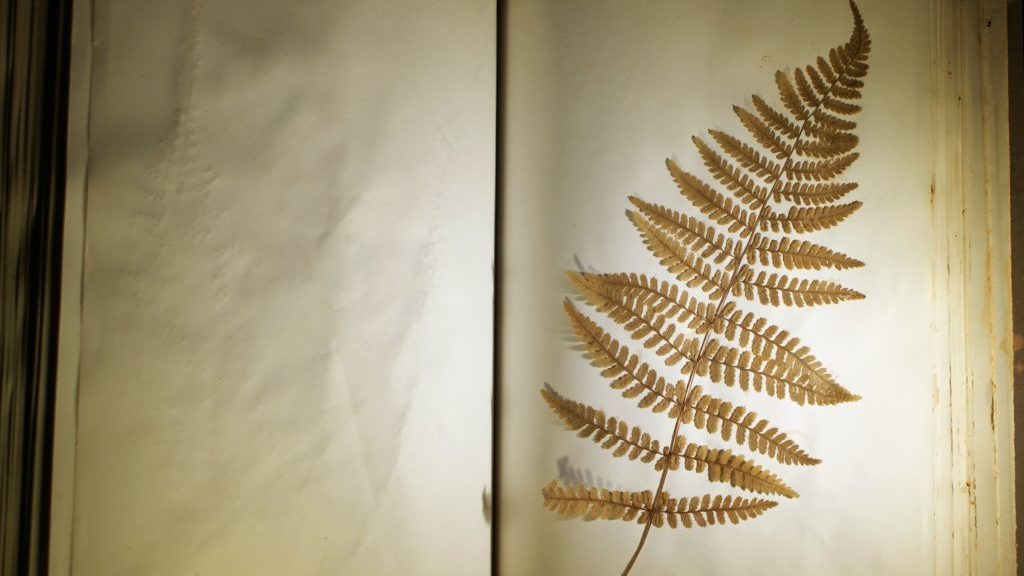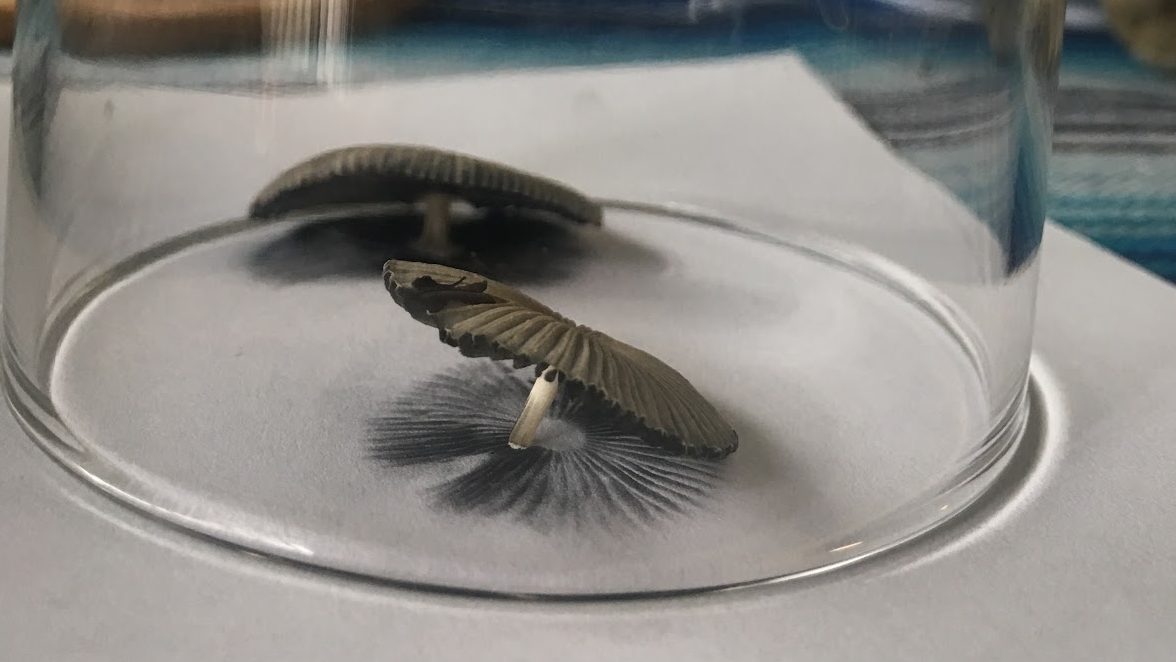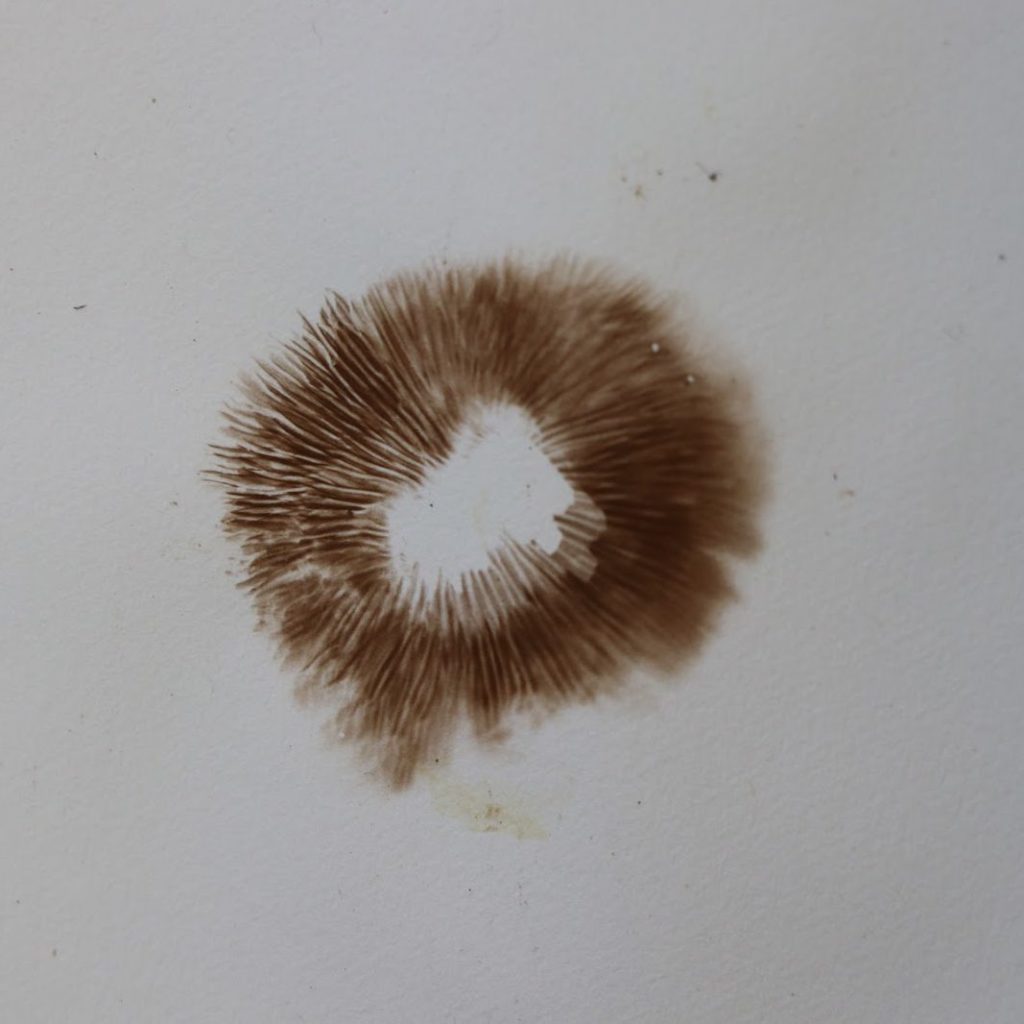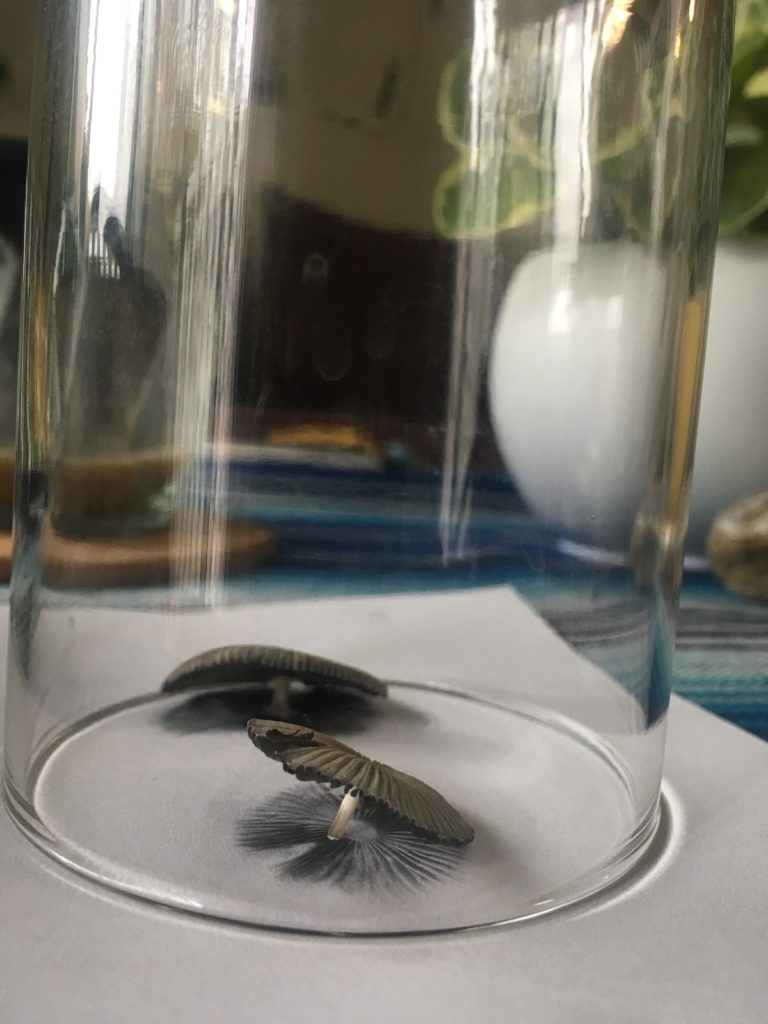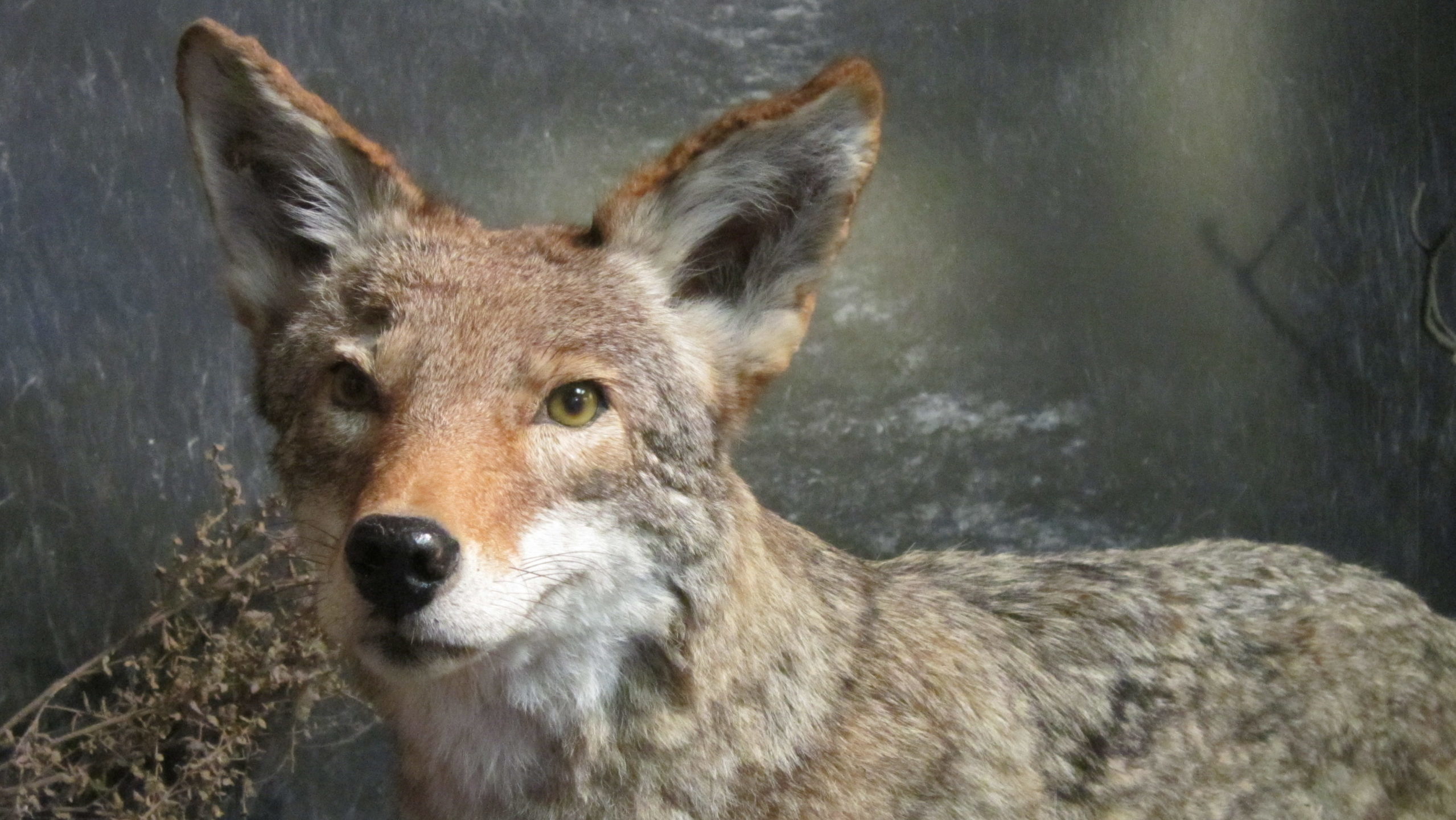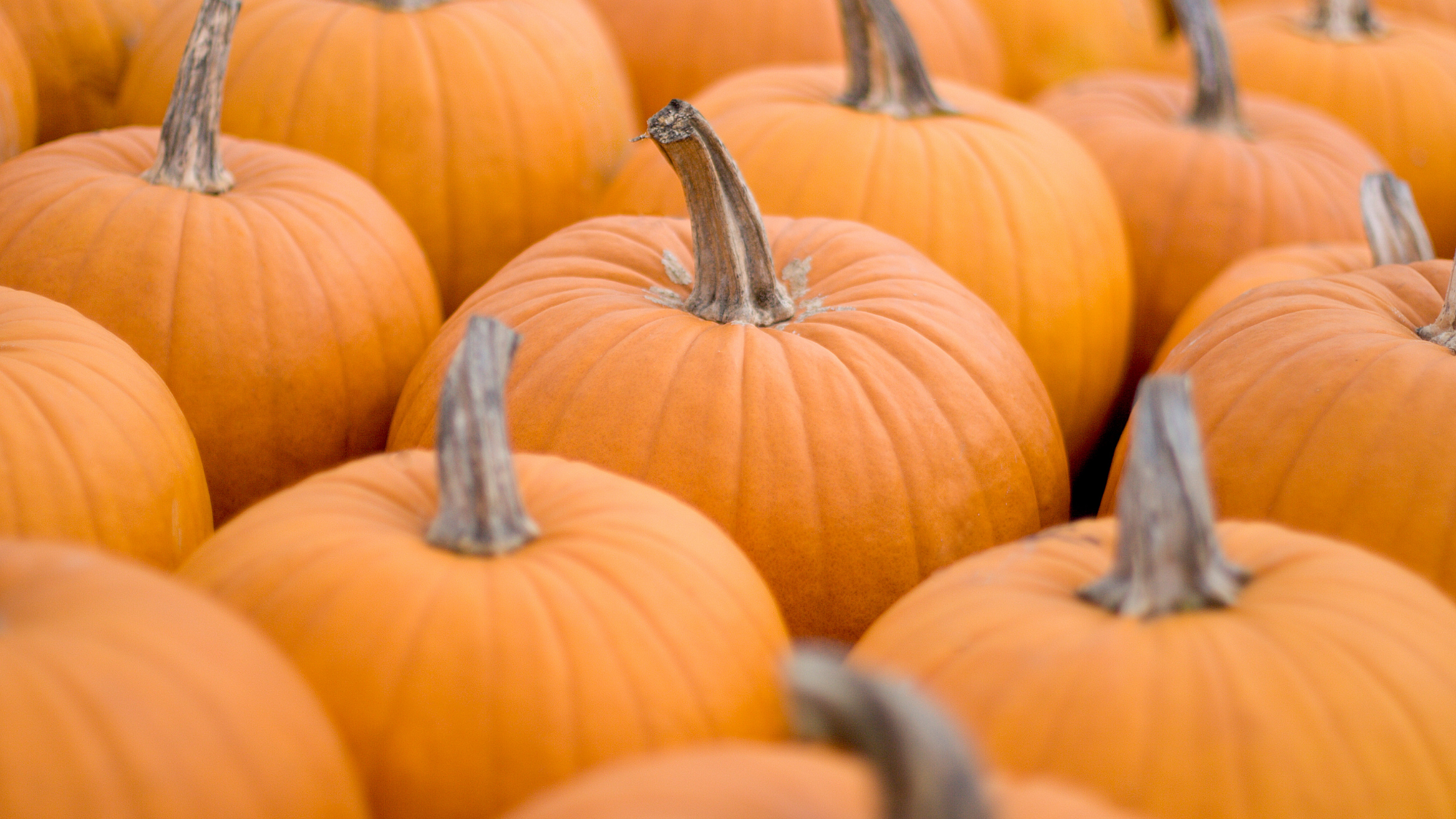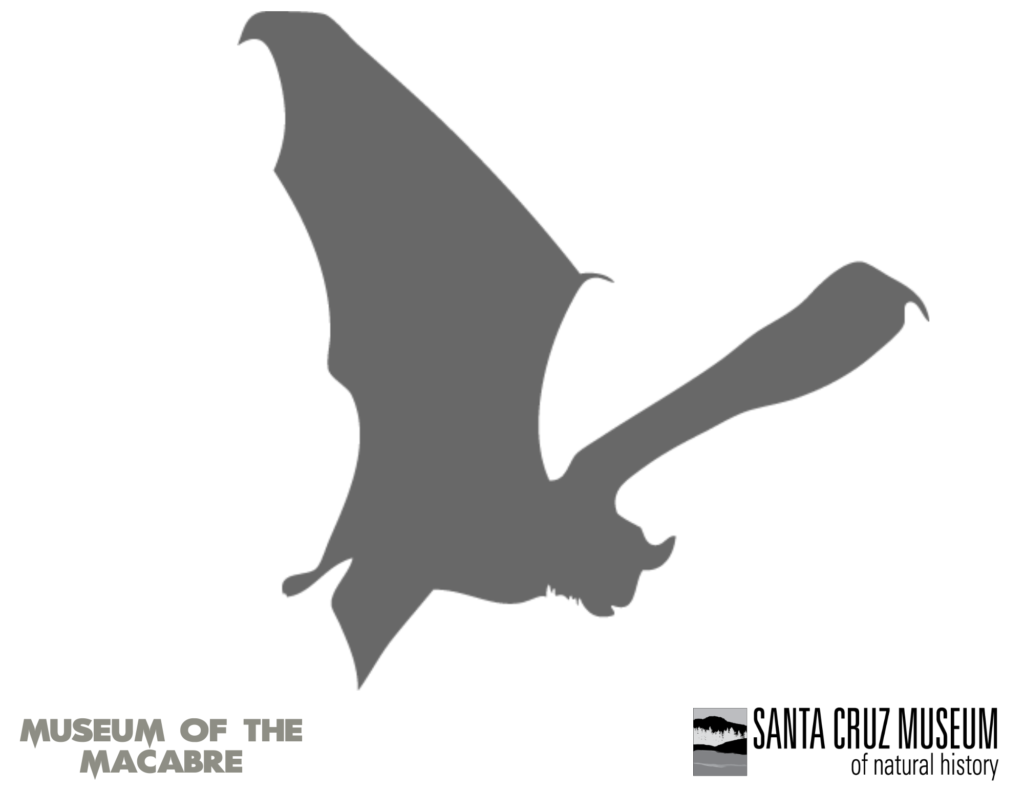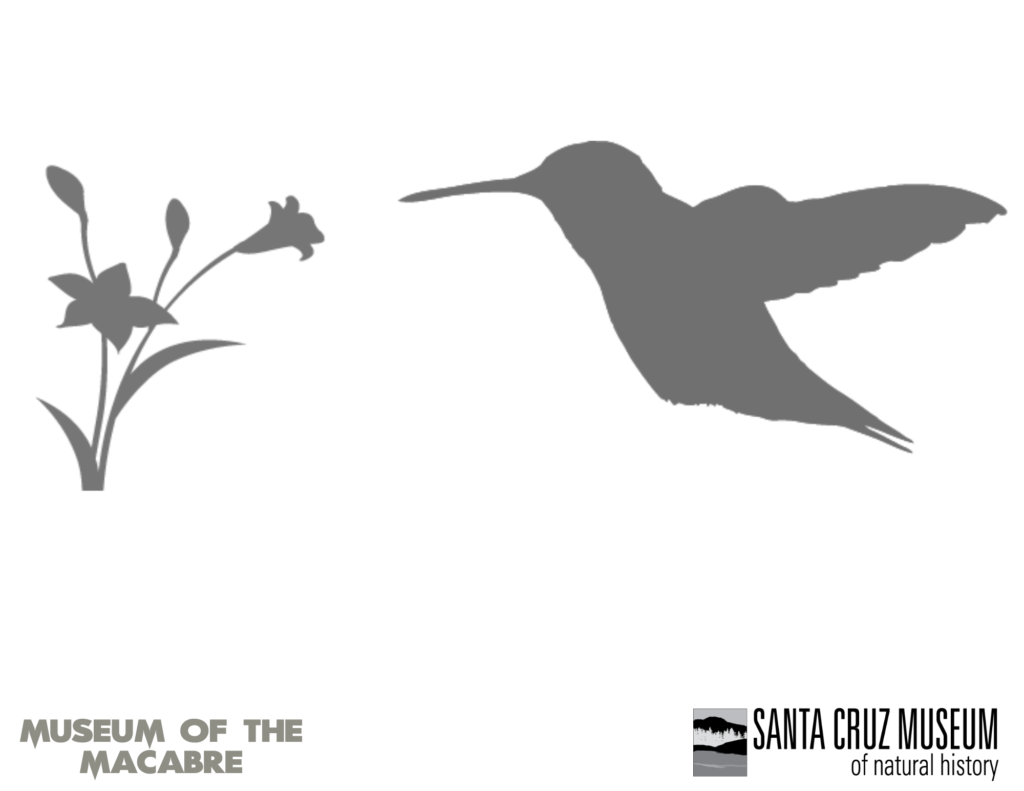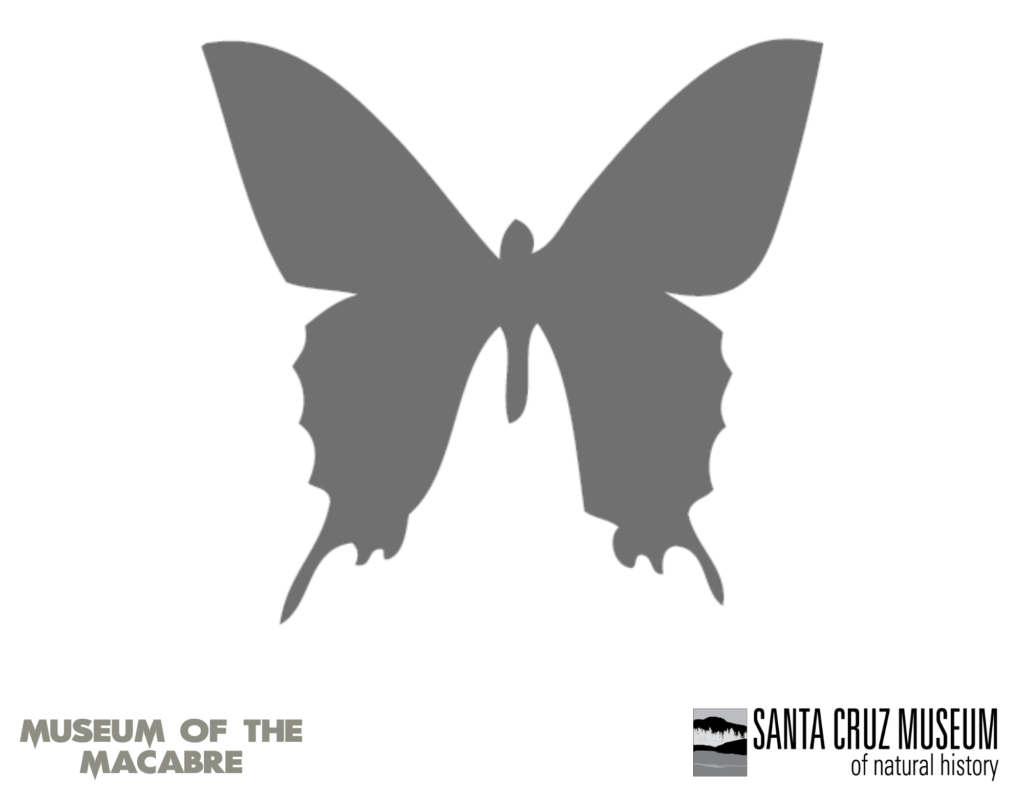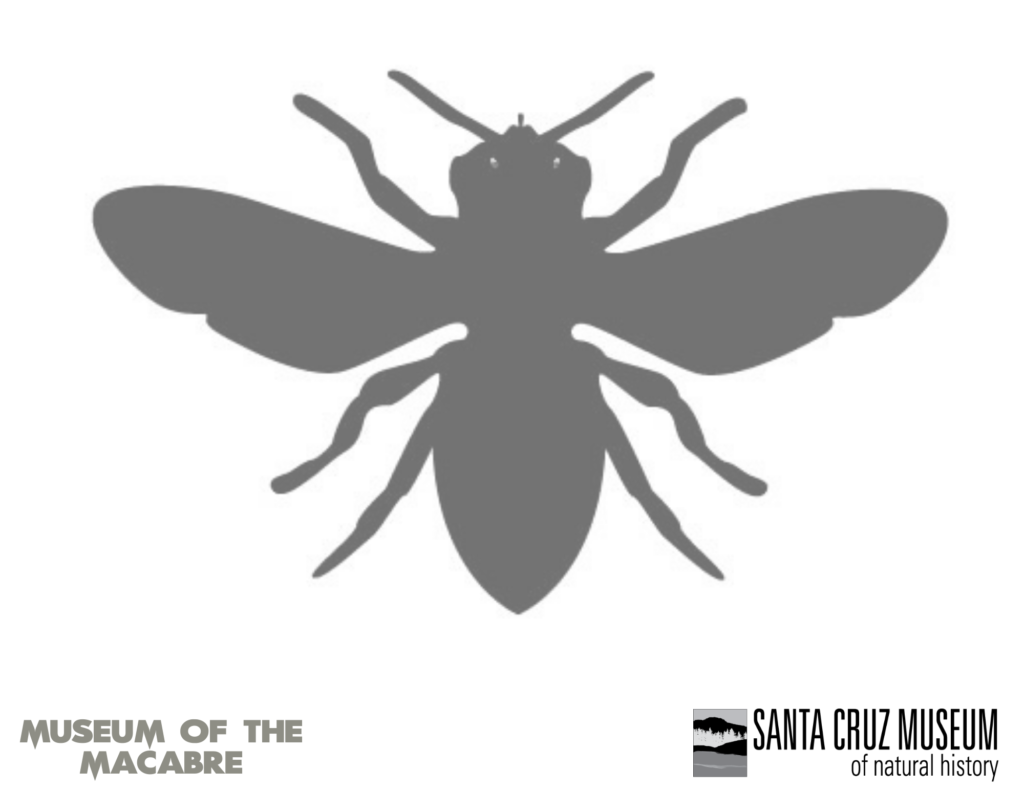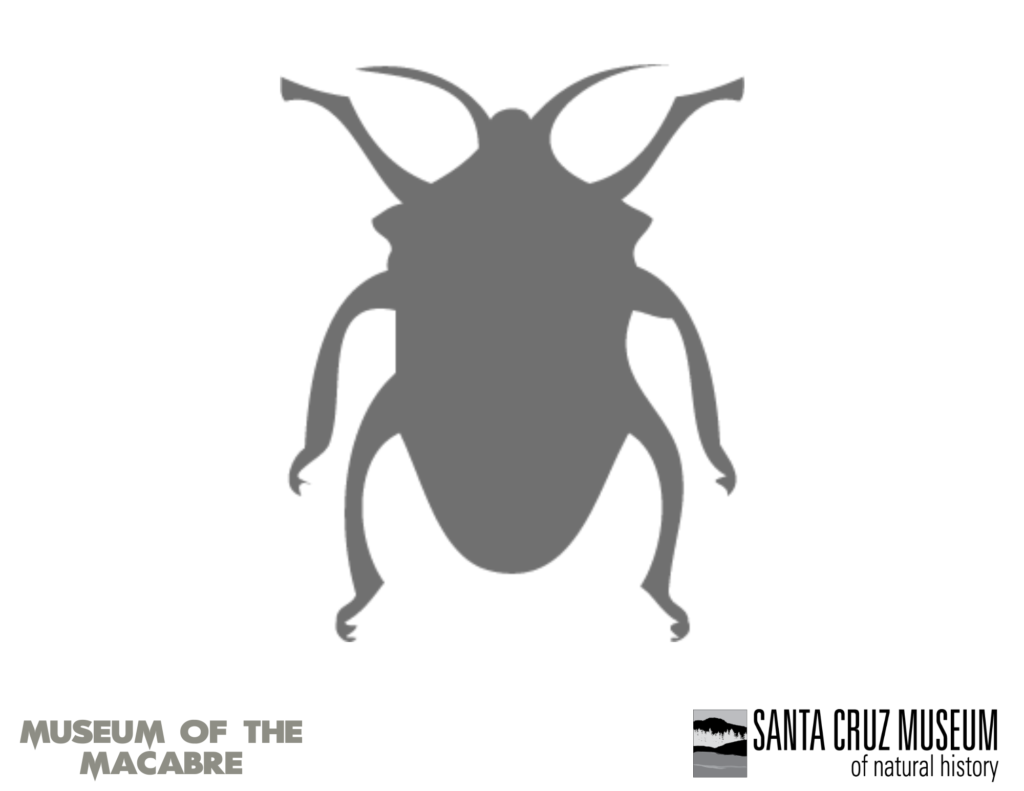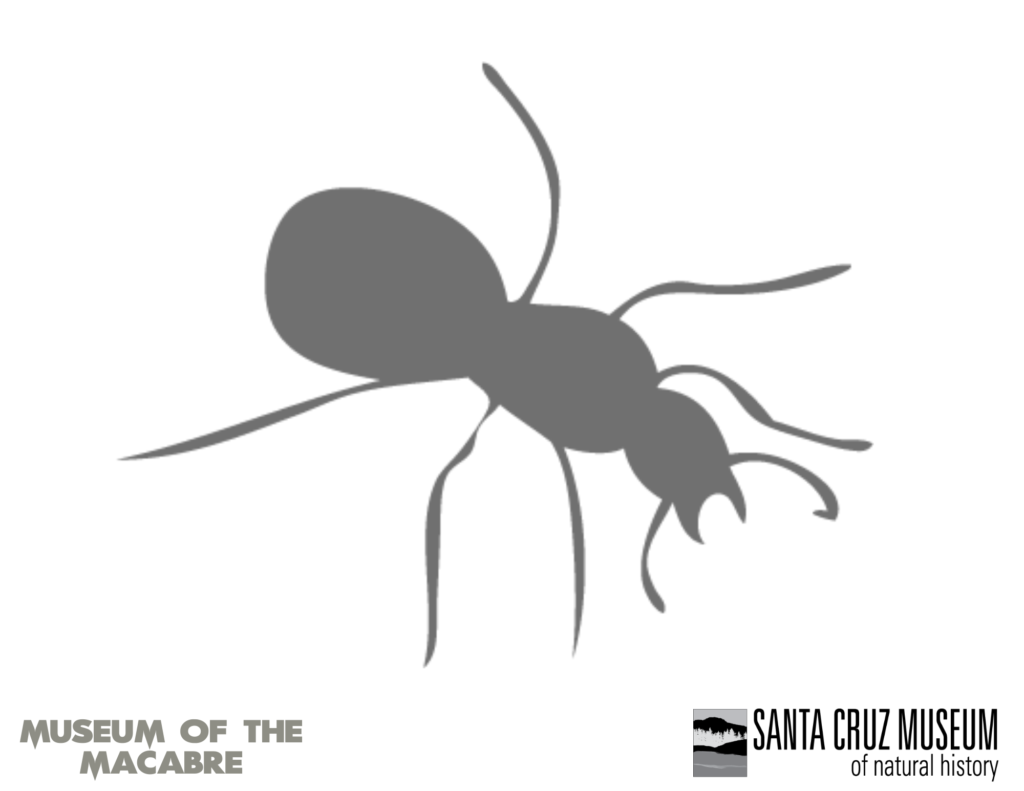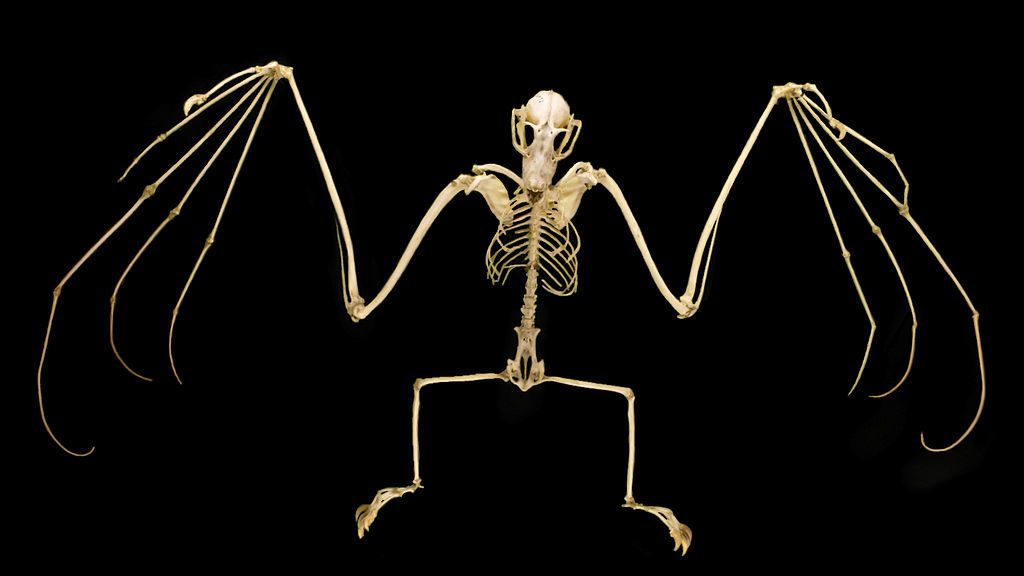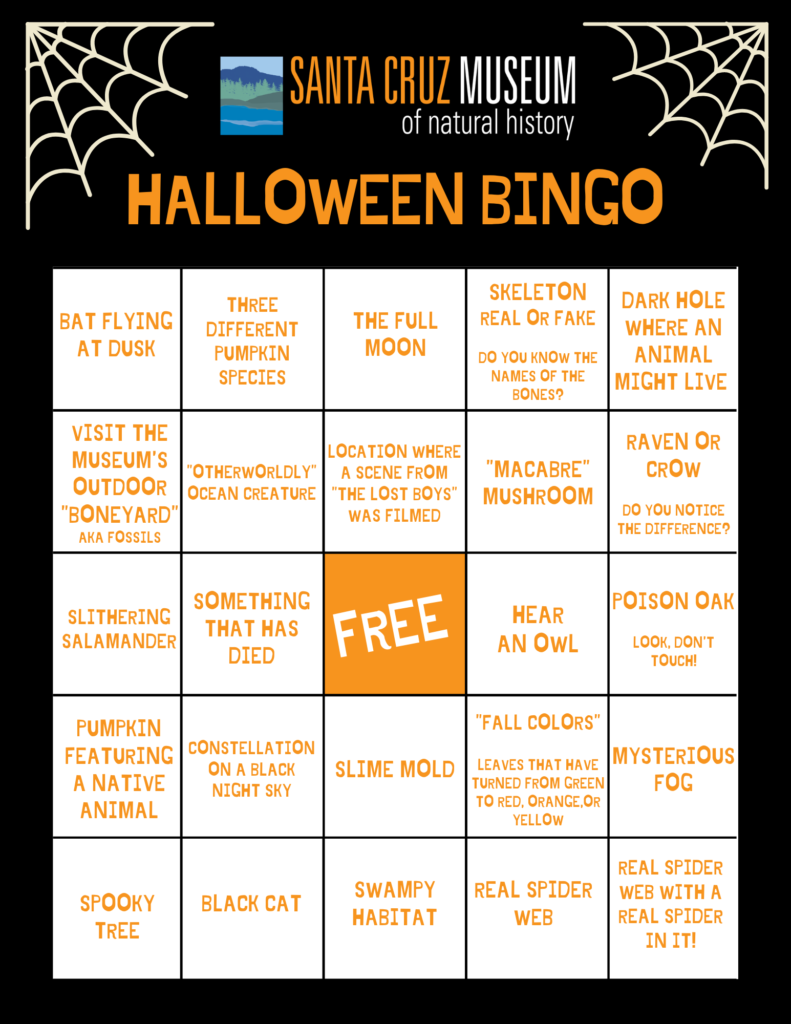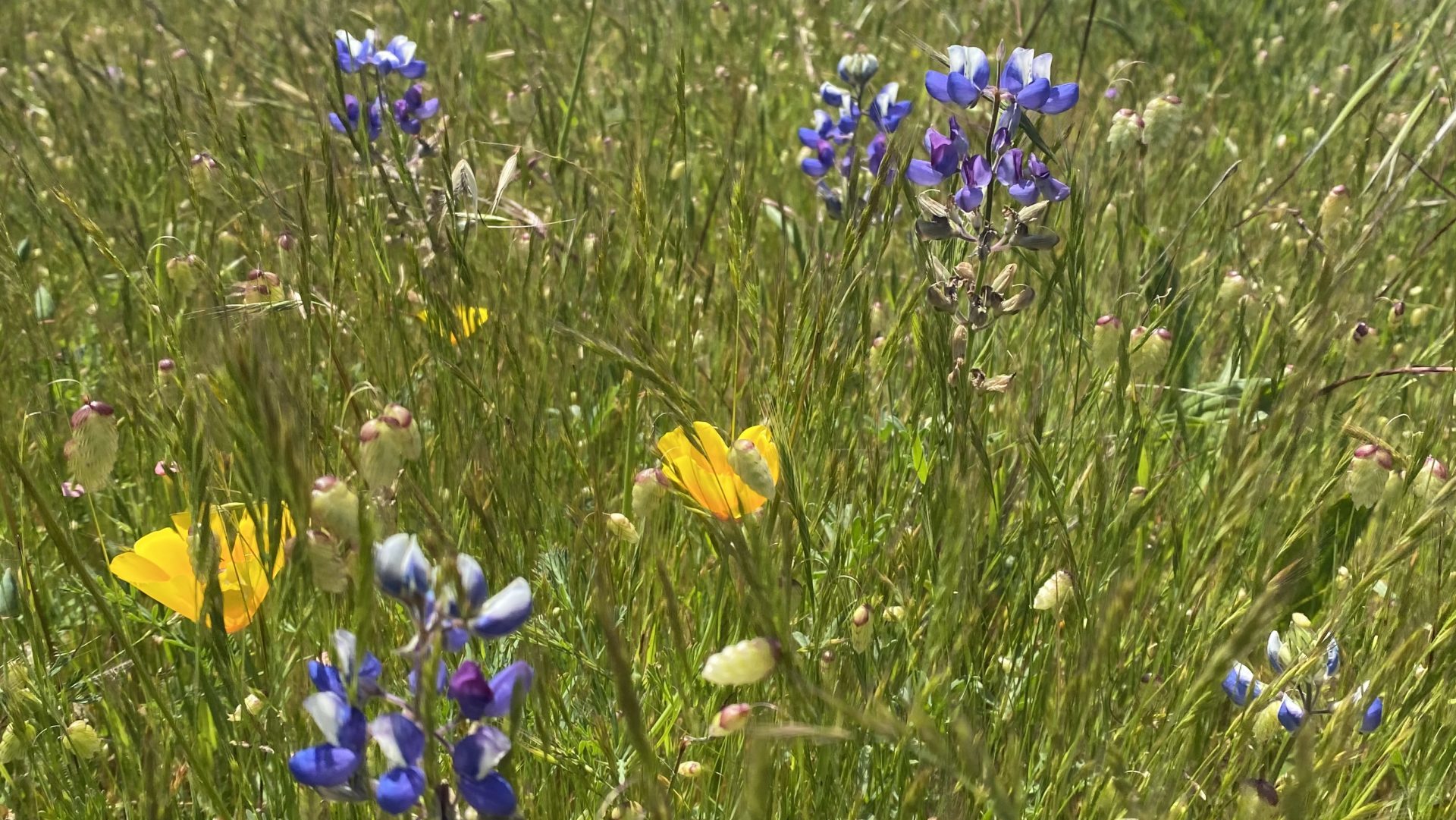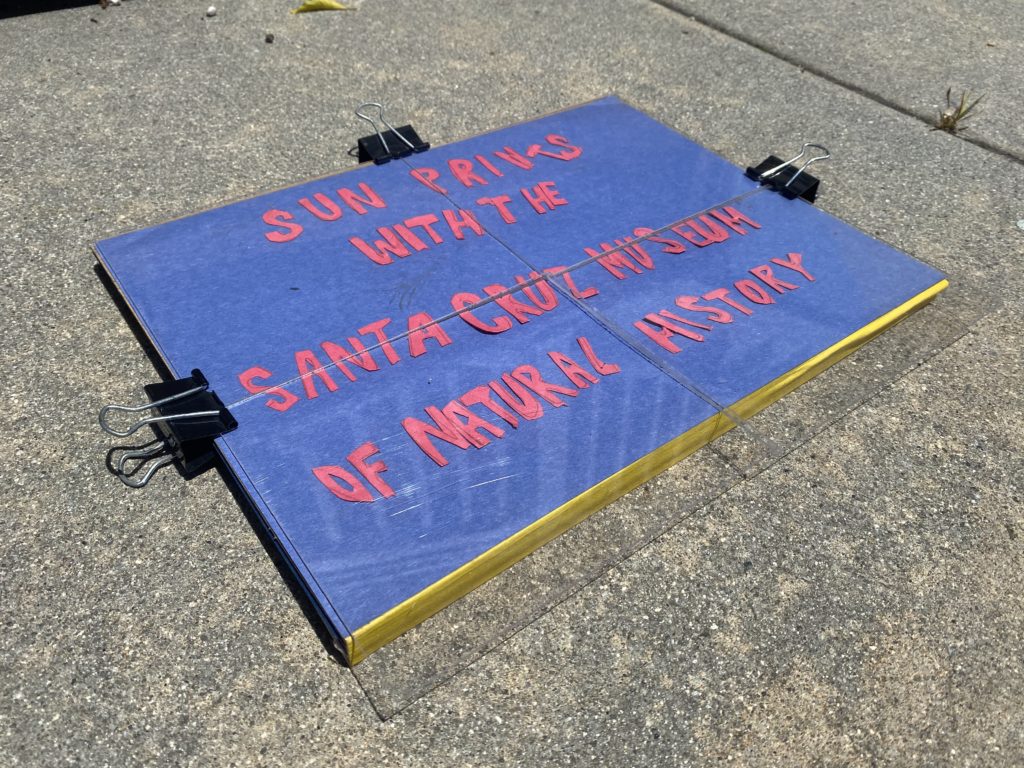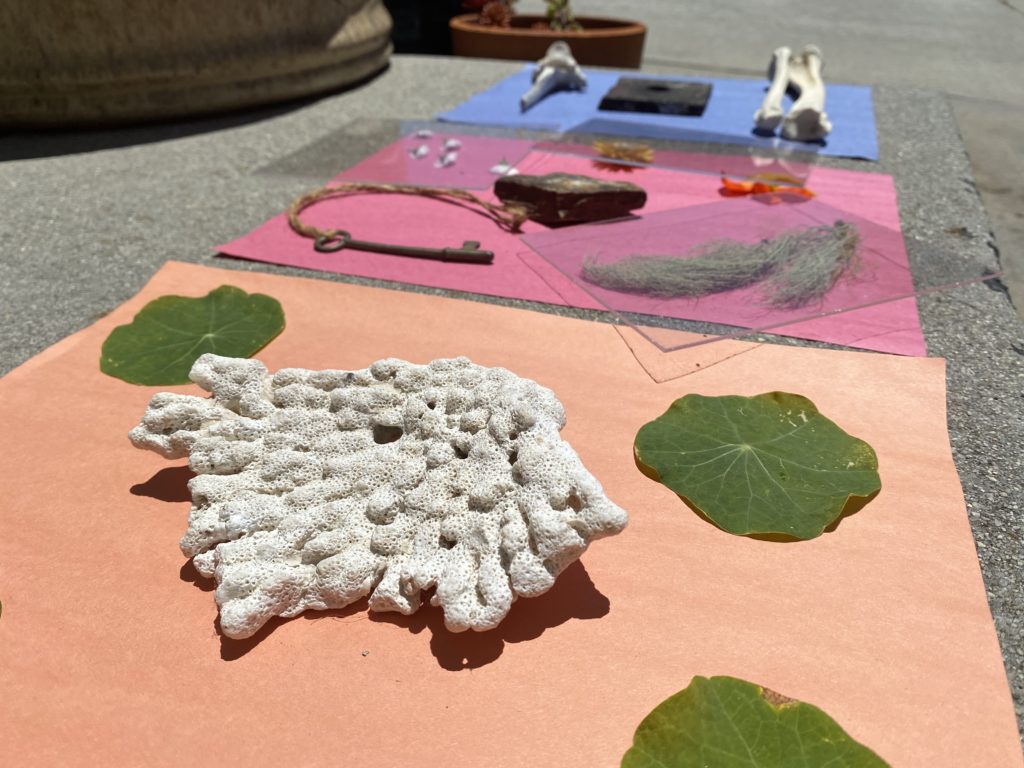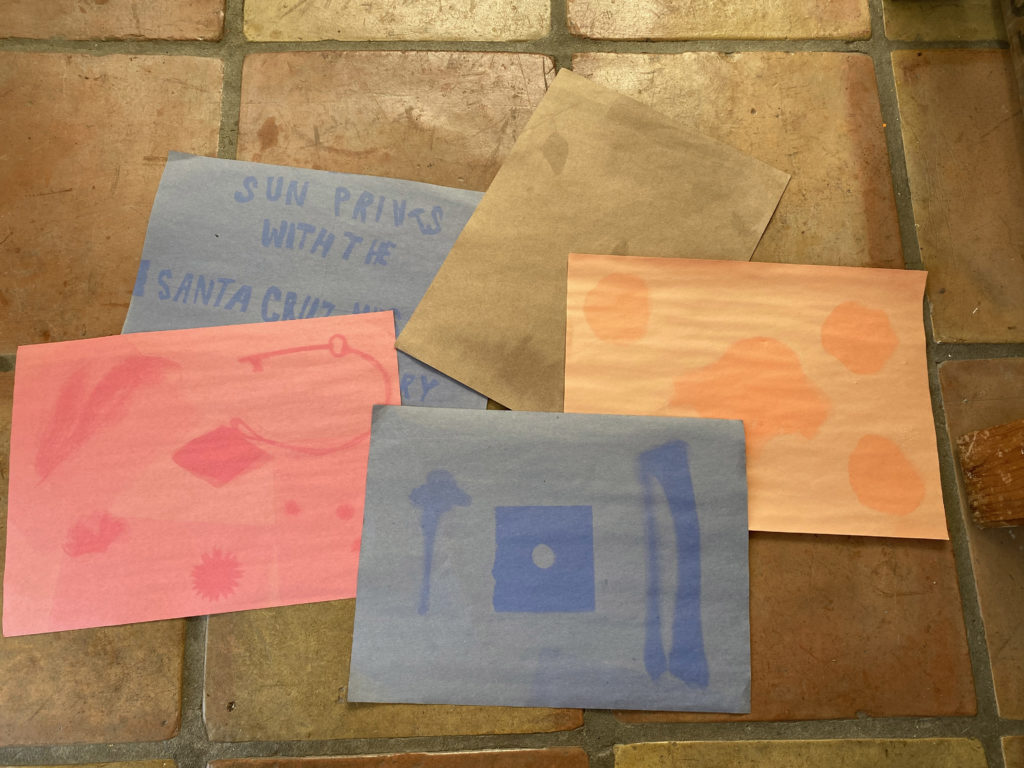Look all around you – how are the things we see around us different from each other? How are they the same? Scientists put things into groups based on their observations of similarities and differences. Why do you think this is?
Today we are going to do some scientific sorting using objects you can find around or outside of your house. We’ll make observations, explore the different ways we can group objects together and create a jar full of our fun finds!
Observation Jar Activity (
PDF |
HTML)
Preparation
What you will need:
- A clear jar or bottle.
- You can reuse a plastic water bottle, pasta sauce jar, or any kind of clear container that you can find
- At least 4 different found objects
Procedure
1. ) It’s time to collect some objects!
- Make sure to take a trusted adult with you if you choose to leave the house!
- We don’t want to put any living creatures in the jar. Make sure to check for tiny insects on any of your objects before putting them in the jar if you collect things from outside your house.
- Try to gather things that are different sizes, shapes, and colors.
- Some ideas could include: rocks, leaves, coins, small toys, flowers, shells, buttons, or small sticks.
2. ) Now that we’ve collected our objects, let’s take a little bit of time to look more closely at the things we found before we put them in our jar. See if you can answer the following questions about your objects!
- How many things did you find? I found _____________ things.
- Pick one object that catches your eye and see what you can notice about it. See if you can answer these questions about the thing that you found!
- What do you notice about it? What do you wonder about it? What does it remind you of?
- You can also think about…
- Where did you find it?
- What color is it?
- What does it feel like in your hand?
- How big is it?
- Take a look at all the objects that you found. Can you find any similarities between them? Try to find at least two things that are similar about your objects.
- Try sorting your objects into different categories by putting them in different piles. Can you sort your objects by….
- Color?
- Size?
- Types of things (plant, rock, toy, flowers)?
- Which object is the heaviest? Which is the lightest?
3.) Now you are ready to fill up your jar! Layer your items based on how you sorted them. You can always take your objects out of the jar if you think of fun new ways to sort your items. Or, you can put all the things you found right back where you found them.
If you chose objects like flowers and leaves, you may want to put them at the top of your jar so that they don’t get crushed by heavier objects!
Wrap-up questions
Can you think of some other ways you could group your objects together?
What do you think we can learn when we sort objects or living organisms?
Post by Elise

